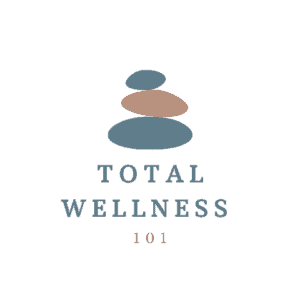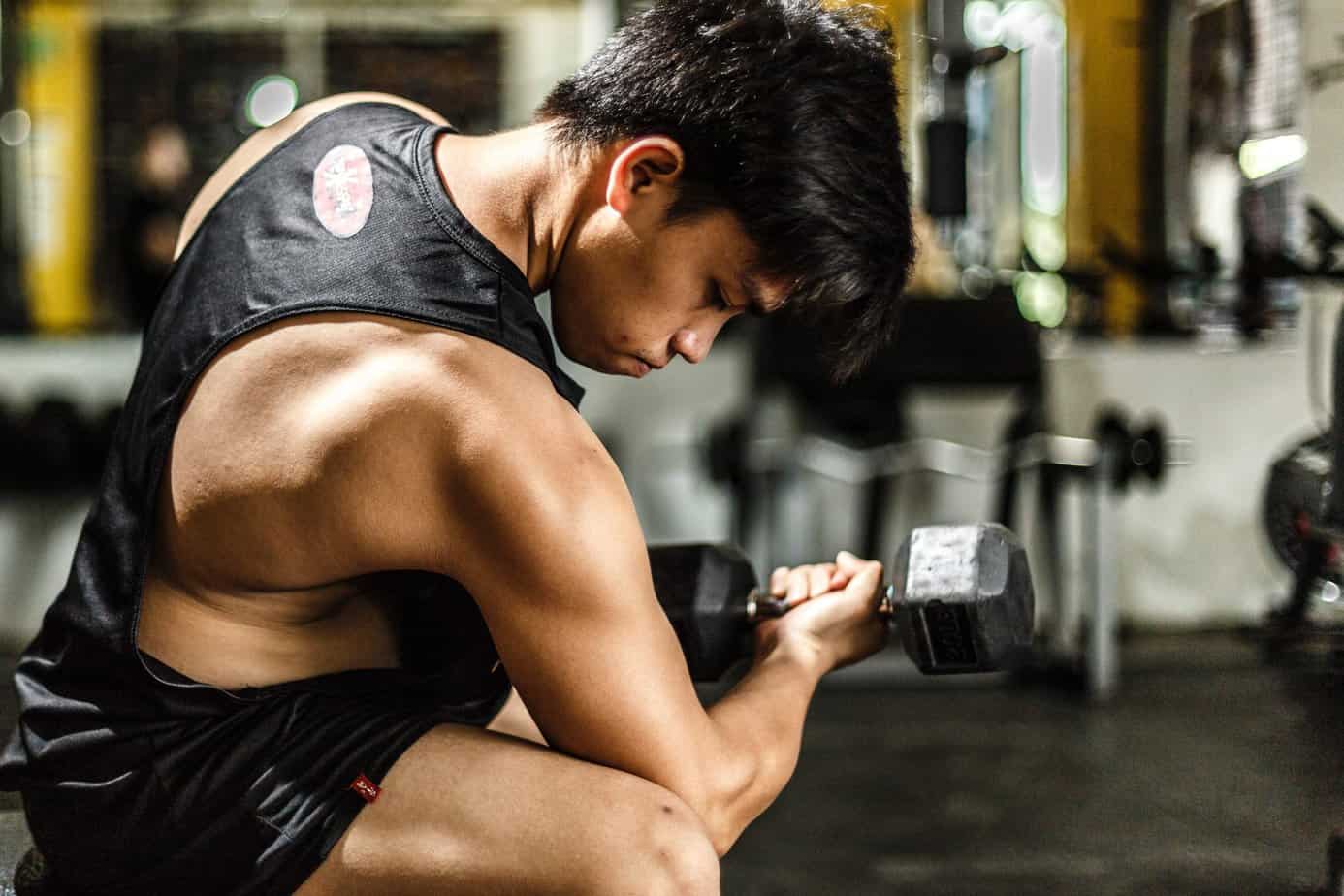The human body has around 600 muscles, and each one of them is important for carrying out different bodily functions. Some of these muscles are big and strong while others are small and delicate or cannot be seen. If you want to reap the most benefits from working out in the gym, you will need to properly target each major muscle group. This also helps create a balanced body with less risk of injuries or pain.
In order to know how to target each muscle group in the gym, you need to first understand their functions. When you understand how each muscle group works, you no longer have to wonder what exercise to do to hit a particular muscle, and it also allows you to perform the same exercises better.
Here we will go into the major muscle groups that are worked in the gym, what their functions are, and how to target them.
Chest (Pectoralis Major and Minor)
Chest day is probably the one day that most men in the gym never miss. Most guys want a big, chiseled chest. But what do the pectoralis muscles really do? Though there are many roles in such a big muscle, one of the primary functions in the adduction of the upper arm. Adduction refers to bringing a body part closer to the center point of the body. So if you put your arms out straight to the side and then move them together in a clapping movement, that is adduction and you are using your chest to squeeze.
This is important because since the bench press is so popular, many assume the chest is more for pushing through the elbow. However, if you slowly bench, you notice your upper arm coming closer together as you move the bar up.
So actually, a cable fly is probably the best way to fully target your chest because of how you are fully adducting the arms and have tension throughout unlike with a dumbbell fly.
So next time you are working your chest, think about squeezing your arms together while keeping your shoulders back to really target your chest.
Latissimus Dorsi
The latissimus dorsi is one of the largest muscles in the back. It covers most of the area underneath your trapezius muscles. It is also commonly referred to as the “lats” in the gym. Its functions include pulling straightened arms back behind the body or extending them and adducting the arm. It is involved when pulling something that is either in front of your or above your head.
Common exercises include pull ups, bent over rows, lat pulldowns, and straight arm pulldowns. The biceps are generally a secondary mover in many of these lat movements so it is easy to let them take over. So one trick is to really focus on pulling with your elbows instead of with your hands. Also, keep your shoulders pulled back, chest out, and back upright to further help target the lats and feel them extend and contract.
Shoulders (Deltoids and Trapezius)
The two commonly trained muscle groups of the shoulders are the deltoids and the trapezius muscles. The deltoids are typically divided into the anterior (front), lateral (side), and posterior (rear) deltoids. The deltoids cover all sides of your shoulder joint. They work to stabilize the ball and socket joint as well as to raise the arm in different directions. They are involved in abduction of the arm or raising it away from the body. The front deltoids raise the arm forward, side deltoids to the sides, and rear deltoids to the back. Some common exercises for each one include dumbbell front raises, lateral raises, and reverse flies. You want to keep your arms relatively straight throughout the movements to let the deltoids takeover.
The trapezius muscle is located in the rear middle back and goes up over the shoulders and into the back of the neck. The main function of the trapezius is to stabilize and move the scapula. Essentially, when you are moving around your shoulders without moving your arms, you are targeting the trapezius. It helps raise the shoulders up as well as push them down. So common exercises are weighted shrugs and straight arm dips to work both the upper and lower traps.
Arms (Biceps, Triceps, Brachialis)

Though the arms have many flexors and extenders in the forearms as well, the typical muscles trained in the arms are the biceps and triceps. The biceps have two heads hence the prefix “bi”, the short head and the long head. The main function is the flexion and supination (outward rotation) of the forearms. A good way to remember what supination is is when you are holding a bowl of soup, your hand is supinated or turned outward, palms up. If you simply turn your palm up, you will notice your bicep contract as well as when you bend your forearm up at the elbow.
You want to make sure you are incorporating both flexion and supination into your biceps workouts and it mainly comes down to your starting position. The short head is worked more by having the weight in front of you and targeting the “peak” such as in preacher curls or high cable curls. And the long head is worked better with your arms at your side and performing a full range of motion such as with a standard barbell curl or incline dumbbell curl. Another often forgotten muscle in there is your brachialis which lies more in between your biceps and adds thickness to your arm. This is worked by curling with a neutral grip such as with hammer curls.
The triceps contain three heads hence “tri” and perform the function of extending the forearms at the elbow and shoulder joints. They are antagonist muscles to the biceps meaning they essentially perform the opposite functions. The long head is located further up the back of the arm and the medial and lateral heads closer to the elbow. You target the long head through exercises involving your arms over your head extended such as with a lying behind the head bar skull or overhead triceps extension with a rope. You work the other heads more with movements with closer grips in front of you such as a close grip bench press or triceps extension with a rope. You feel these more close to your elbow.
Legs (Quadriceps, Hamstrings, Gastrocnemius)
The quadriceps are in the front of your thigh and are probably the strongest muscles in your body. They are very large and work to extend or straighten the knee. Probably the best way to isolate and feel the quads are through a leg extension. However, most compound leg movements such as the back squat will also primarily target the quads where you are straightening your legs moving up through the square.
The hamstrings both flex or bend the knee and extend the hip. One of the best ways to isolate and feel them is through a lying leg curl. They also help stabilize in many movements and are worked more during the eccentric movements of compound exercises such as squats or deadlifts. Stiff legged deadlifts are also a great way to feel them pull.
And lastly, we have our calves or gastrocnemius muscles. The main function is plantarflexion of the ankle joint. Plantarflexion basically means you push up on your toes. That is very important for walking, running, or jumping. The way to target these would be through calf raises. Standing calf raises will target more of the inner part of the muscle while seated calf raises target more of the outer part of the muscle. Make sure to let the ankle drop down below the toes fully before coming back up to get a full contraction of the muscle.
Though these are fairly simple explanations, I hope this can help you to better understand your own anatomy and physiology to know how to target those muscles in the gym. The key to superior results is a superior understanding.
Recent Posts
In the pursuit of professional success, the modern working professional often finds solace in a cup of coffee or energy drink. Caffeine, the world's most widely consumed psychoactive substance, has...
Strategies for Sales Professionals to Reduce Back Pain and Injuries
In the fast-paced world of sales, professionals often find themselves navigating through long hours, client meetings, and constant travel. Amidst the pursuit of closing deals and meeting targets, the...

